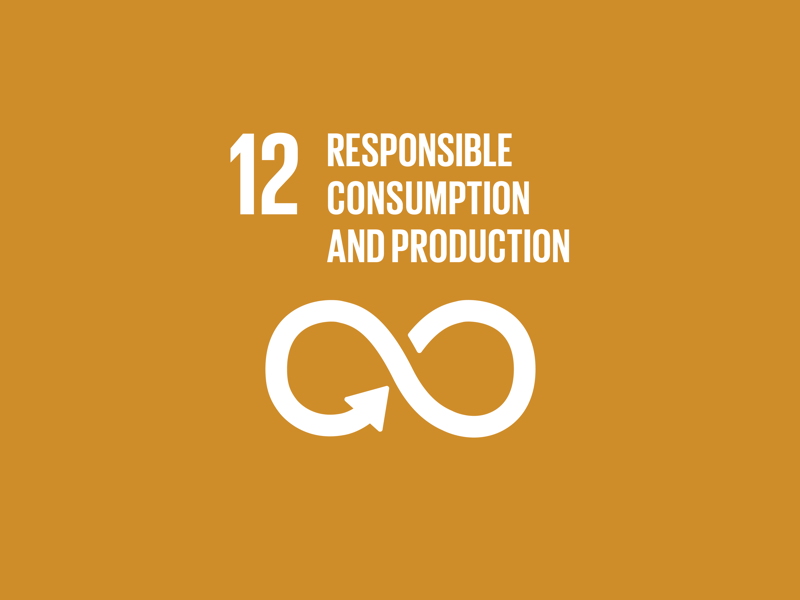Reduced environmental footprint
Our vision of achieving net-zero by 2045 translates into actionable measures across the countries we are in.
Our vision of achieving net-zero by 2045 translates into actionable measures across the countries we are in.

At Wellspect, we believe in the collective responsibility of businesses to drive a more responsibe production and to reduce the environmental footprint of the Healthcare sector. This is why we scrutinize machinery, energy sources and materials to continously reduce our environmental footprint.
Our ambition to reach net-zero by 2045 is anchored in globally recognized science-based targets. To quantify our progress, we report on key environmental metrics, always using previous years' data as a baseline.
Guided by a commitment to reduce our entire operation’s environmental footprint, we have established cross-functional groups to achieve the sustainability targets we have set in various areas, including waste management, energy consumption, and chemicals.
We map and monitor our carbon footprint across emission scopes to continuously improve processes, lower emissions and improve data quality.
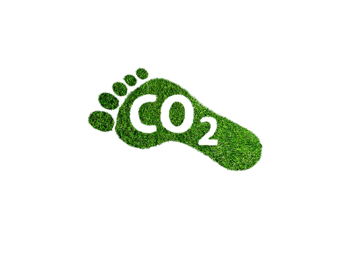
We work with reduction of waste in the whole value chain. Our work includes redesign of packaging to minimize waste and scrap as well as waste recycling activities.
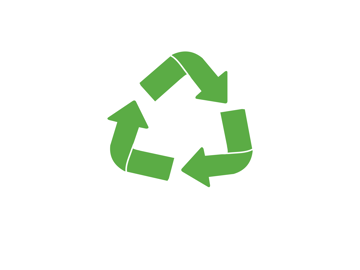
Our manufacturing sites in Turkey and Sweden, use solely electricity from renewable sources. This includes renewable electricity with a guarantee of origin as well as self-generated electricity from solar power.
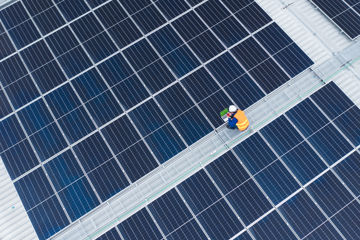
We are optimizing core manufacturing processes to reduce the amounts of chemicals used in our products and to replace them with alternatives that are less harmful to living organisms.
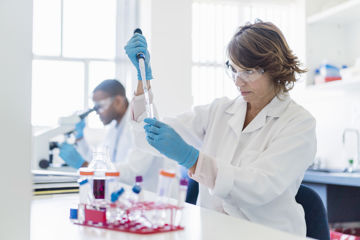
In 2023, 35% of our manufacturing waste was sent for material recovery.

100% of the electricity used at our manufacturing sites and warehouses is from renewable sources.

In 2023, we reduced our direct emissions and indirect energy related Green House Gas (GHG) by 29%, compared to 2021.

In 2022, we announced our commitment to the Science Based Target initiative (SBTi), submitting our near and long-term emission reduction targets for validation the year after.
In 2024, we had our emission reduction targets validated by the Science Based Targets initiative (SBTi). The SBTi, which is a global body enabling businesses to set ambitious emissions reductions targets in line with the latest climate science, has commended Wellspect for its ambitious net-zero target, currently the most ambitious designation available through the SBTi process.
Read the outline of Wellspect's Science-Based Targets.

We have identified where our opportunities and objectives are aligned with the UN Sustainable Development Goals (SDGs). Our work on reducing our environmental footprint is aligned with the following goals:
In our pursuit of sustainability across our value chain, we drive innovation throughout our company and its business processes.
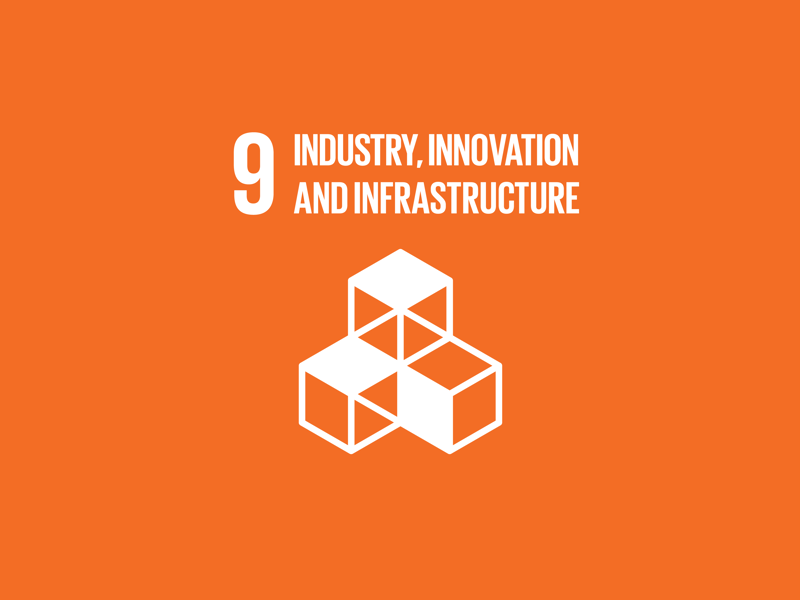
Our commitment to reducing our environmental footprint is based on being mindful of nature’s limited resources. It directly ties into responsible consumption and production.
